It's May of 1935. ‘Fishface’ and ‘Annie’ have been on the Macdui plateau for three days, and among the ten million boulders at the top of Garbh Uisge Mor they have chosen the one that will shelter them through the coming months. This is untypically far south for their species: they usually spend the summer season in Greenland.
They forage around the bases of old snowfields, where meltwater brightens the mosses and insects are out in the afternoon. They sit on the rocks in the evening sun, Annie admires Fishface in his handsome and appropriate outdoor clothing, and then they make love, for the first time, in their Cairngorms residency.
This is a slightly updated extract from my 2008 book about Ben Macdui ‘Life and Times of the Black Pig’. Out of print but under £10 at World of Books.
Four days later, ‘Desmond’ and ‘Carrie’ arrive on the plateau. They arrange their shelter in the open, half a mile away from Annie and Fishface, on a patch of gravelly grass. For their species this is an untypically high altitude, as they usually breed below the 300m contour. But for the next 66 days, they too will inhabit the plateau of Ben Macdui – this despite their greatly inferior shelter, which every storm threatens to destroy. Through long days of cloud, they lie in the centre of their covered area, shifting their bodies to avoid the drips, clinging to the supporting twigs to stop them snapping. It is not recorded that they mate, but presumably they do.
Carrie and her mate are less adapted to this world of grey stones and snow-patches than Fishface and Annie. Their digestion not equipped to exploit the insect eggs of the damp snowmelt patches, Desmond must descend to the valley for food. He lies up in the forest until dusk, and returns uphill unobserved by hostile gamekeepers. Some nights he doesn't get back at all, and Carrie must lie alone and hungry in her exposed shelter.
By the end of the summer, Fishface and Annie have raised four young. Desmond, by contrast, has lost 20% of his body mass. But then, Desmond and Carrie are at a severe disadvantage up here. Desmond and Carrie are merely human. Fishface and Annie are snow buntings.
The snow bunting is a small bird shaped like a sparrow but more spherical, due to its greater depth of feather. The female is coloured in attractive pale browns, with a beige underside. In winter the male is more or less the same: the small, fluffed out bird pecking for crumbs at the half-way station of the chairlift is a bunting, but could be of either sex. In the Cairngorms, though, the interesting buntings are the ones that spend the summer nesting season here; at this time the male is strikingly black-and-white. The one I photographed at Macdui summit in the summer of 2007, sadly I can’t track down the 35mm slide of it anywhere. Fortunately Marek Bidwell (his trekking Substack is here) was at Macdui summit a couple of weeks ago, and bumped into a bunting at the exact same spot.
Up on the Great Moss, at the 1000m contour, the meadow pipit and wheatear do fly across the moorland. Above that level, the only small bird is the snow bunting. This makes it easy to identify even for the normally bird-blind. What's that small black-and-white bird perched on the summit cairn of Angel's Peak? You don't need your bird book: it's a bunting. On still days in May, the male's summer song twitters across the high corries.
The snow bunting's unique selling point is being the most hardy small bird in the world. In winter it joins the waders and others along the shorelines of northern Europe, or flocks in the old-fashioned sort of farmyards; but also finds food over moorlands, and around the edges of the Cairn Gorm car park. But during the summer nesting season it migrates, via Fair Isle, to northern Scandinavia and Southern Greenland. Buntings nest further north than any other land bird, sometimes even within 200 miles of the North Pole. Insects are carried up Macdui on warm breezes, and get stuck in the melty bits at the edges of old snowfields. In the tundra, and on the Macdui plateau, they exploit the seeds of the newly uncovered grasses – away from the competition of other less well insulated insect-eaters, and in territory where even the most lean and eager predator can’t be bothered to come and hunt for them. If the bunting does lose her eggs or chicks, she will usually try even further uphill.
The main predator is the weather. But eggs and chicks are also lost to stoats, voles and mice, and in the Arctic, to lemmings. Brown rats may follow humans' food scraps up the hill paths. All these are small enough to get to the nests inside the boulderfields. Out in the open, add the fox (in the Arctic, of course, this would be an arctic fox), the merlin, and the peregrine. A snowy owl visited the Ben Macdui plateau in the 1950s, and must have found any buntings it managed to catch a nostalgic flavour of home.
In the Arctic, Inuit hunters lost in the thick mists use the local accent of the bunting to work out where they are. With such a dense population, the main pressure on snow buntings is other snow buntings. Competition among males is formalised into the possession of territory, as it is with many birds. This means that as a cock bird you only need to fight at the edges, a great saving in energy, while prospective wives just have to eye up the size and quality of your real estate to assess your status.1
In bunting terms Ben Macdui represents out-of-town rustic seclusion. There is far less pressure on territory, so a more free and easy pairing. ‘Romeo’ established two nest households and two wives, ‘Mary’ and ‘Anna’, 150 yards apart. After their first clutches he found a third, seducing the wife of a cock half a mile up the hill; the disconsolate cuckold being left with two fledglings to raise. (Marriage and seduction? These are the terms used by the two humans, crouched in their home-made tent, watching through their binoculars the snow-bunting soap opera.)
The instincts and behaviour of the buntings are perfectly adapted to their lifestyle and environment. The same cannot be said for Desmond and Carrie Nethersole-Thompson, the observing humans. What are they up to?
Naturalist Nethersole-T started his career in boyhood, raiding a heronry in the treetops of Richmond Park. He describes the 5cm-long dove-grey eggs as “beautiful trophies of skill and daring”. In adolescence he graduated to the less accessible eggs of peregrines. “I do not regret that I first learnt to watch birds and to know birds as an egg collector. For some years I was a professional hunter. If I did not find, I did not eat; and neither did my family. We usually ate!”
By the time he reached Ben Macdui, however, he had abandoned nest-robbing, though the weekly Glenmore groceries were paid for out of the sale, for £100, of his existing egg collection. That change of heart must have come as a relief to the buntings of Scotland. Their first nest found, on Ben More Assynt in 1886, had its eggs stolen, blown, and presented to the Museum of Scotland. The first Cairngorm nest, in 1893, suffered a different fate; it had its eggs stolen, blown, and presented to the British Museum in London. But with the 20th Century comes the conservationist ethic. The naturalist Whitaker, in the Cairngorms in 1908, finds the eggs in his first bunting nest hardened and already dead. But luck is with him, and he comes across a second; he takes the five eggs to a little trickle of water to blow. But the third nest he leaves unattacked: “One nest of a rare bird should suffice any naturalist. It certainly should a true lover of nature.”
N-T devotes several pages near the end of his book to explaining that the egg-collecting acts of himself and his wife did not endanger the buntings or reduce their overall breeding success. Indeed, it was commonplace for naturalists of the 19th and early 20th centuries to combine a sincere and deep affection for the creatures they studied with at the same time shooting them to death. Naturalist Lionel Rothschild, of Tring in the Chilterns, sent collectors to Hawaii in the 1890s; once there, they extinguished about nine species including the greater koa-finch. In the southern USA, Bachman's warbler, thought extinct, was rediscovered by two separate naturalists in 1939: each of them repaired the error by shooting the bird.
We quite correctly mock such muddleheadedness – indeed, muddleheartedness. Today we regard the natural world as pets rather than as prey. In our enlightened age, if a bird such as the ivory-billed woodpecker is rediscovered in the wild wood, we wouldn't ever shoot it. We would harass it to extinction with photographers, like Princess Diana.
It takes weeks of careful observation to hunt down a bunting. The Nethersole-Thompson family, over 30 years, two generations, and 263 tent nights, identified just 38 nests. So while there are still egg-thieves, they aren't stealing the eggs of snow-buntings in Scotland. Instead, human beings are eliminating buntings in a more efficient manner altogether. Human-induced global warming means no more moist, insect-rich snow patches through the summer on the Macdui plateau. Often, all snow is gone by June.
Fifteen years ago, when I first wrote about these birds, I didn’t think they’d be making it into the 2020s as nesting birds among the high boulderfields.
But they’re still there. The buntings are toughing it out.
Yes, exactly like Elizabeth Bennet eyeballing up Mr Darcy’s Petherton estate in Derbyshire in ‘Pride and Prejudice’


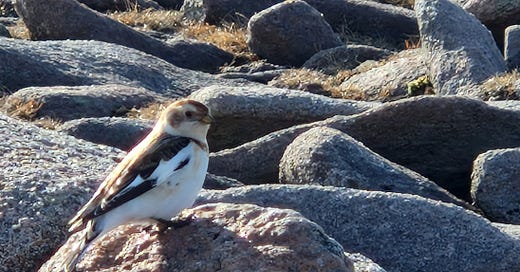


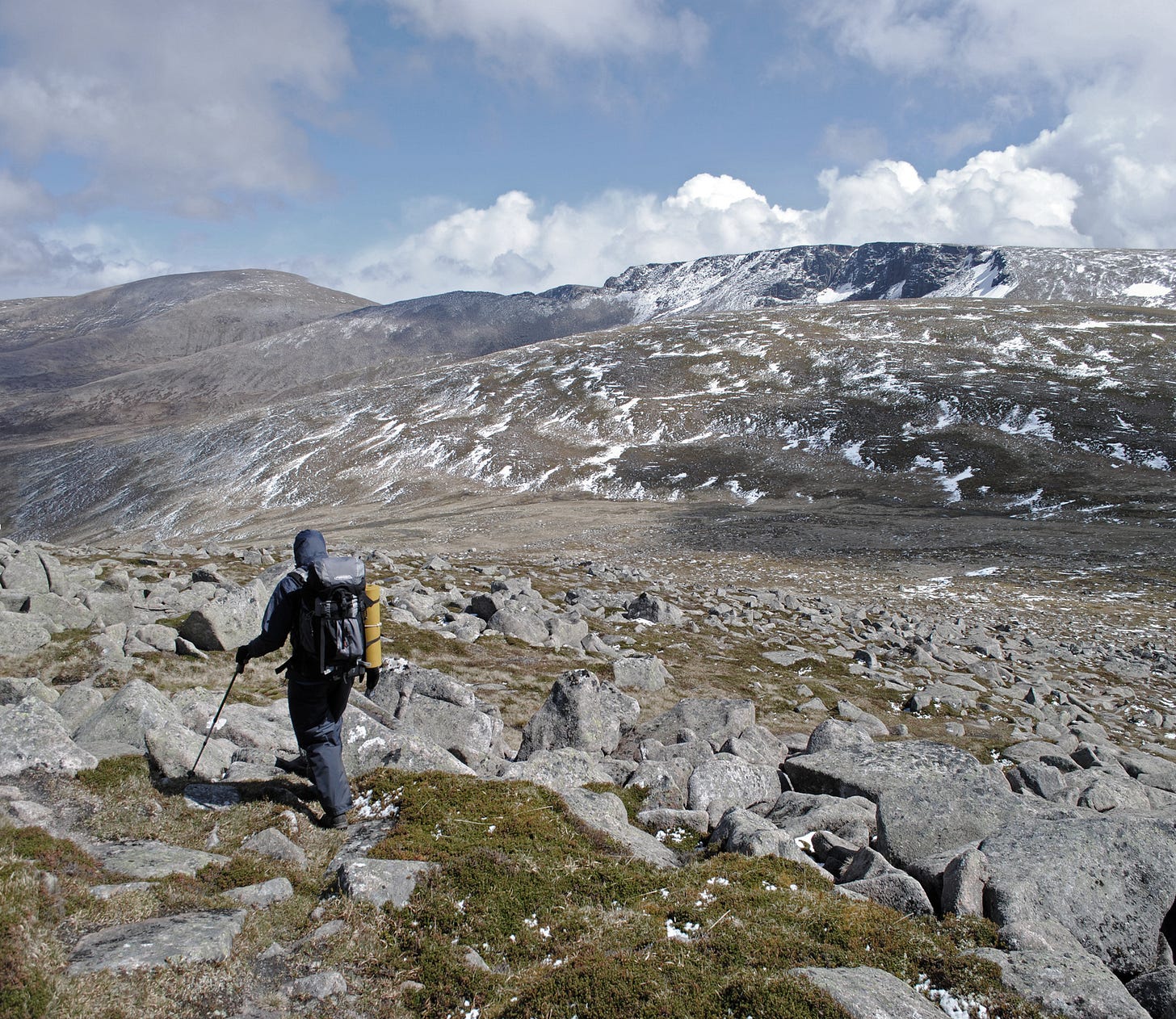
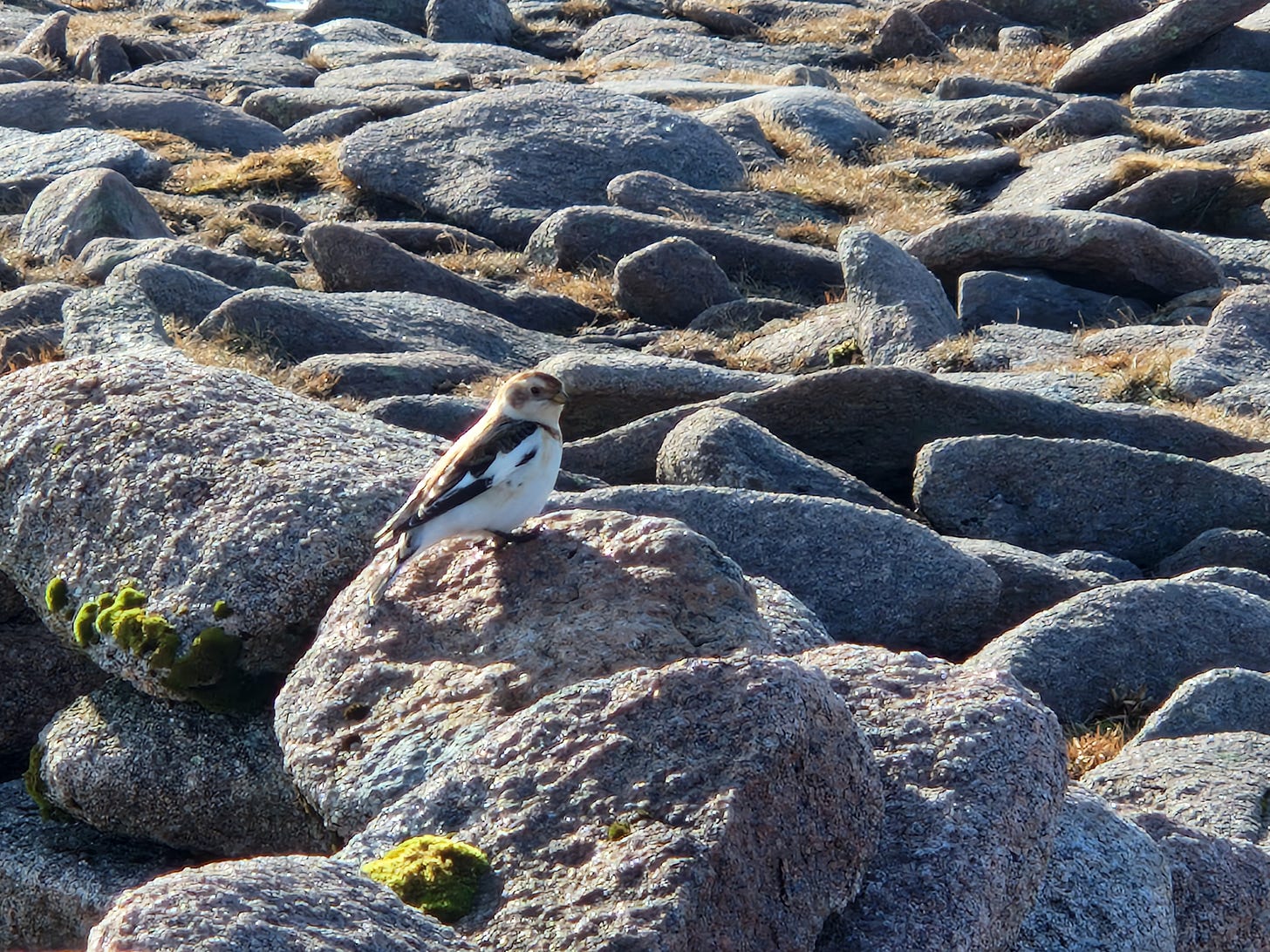
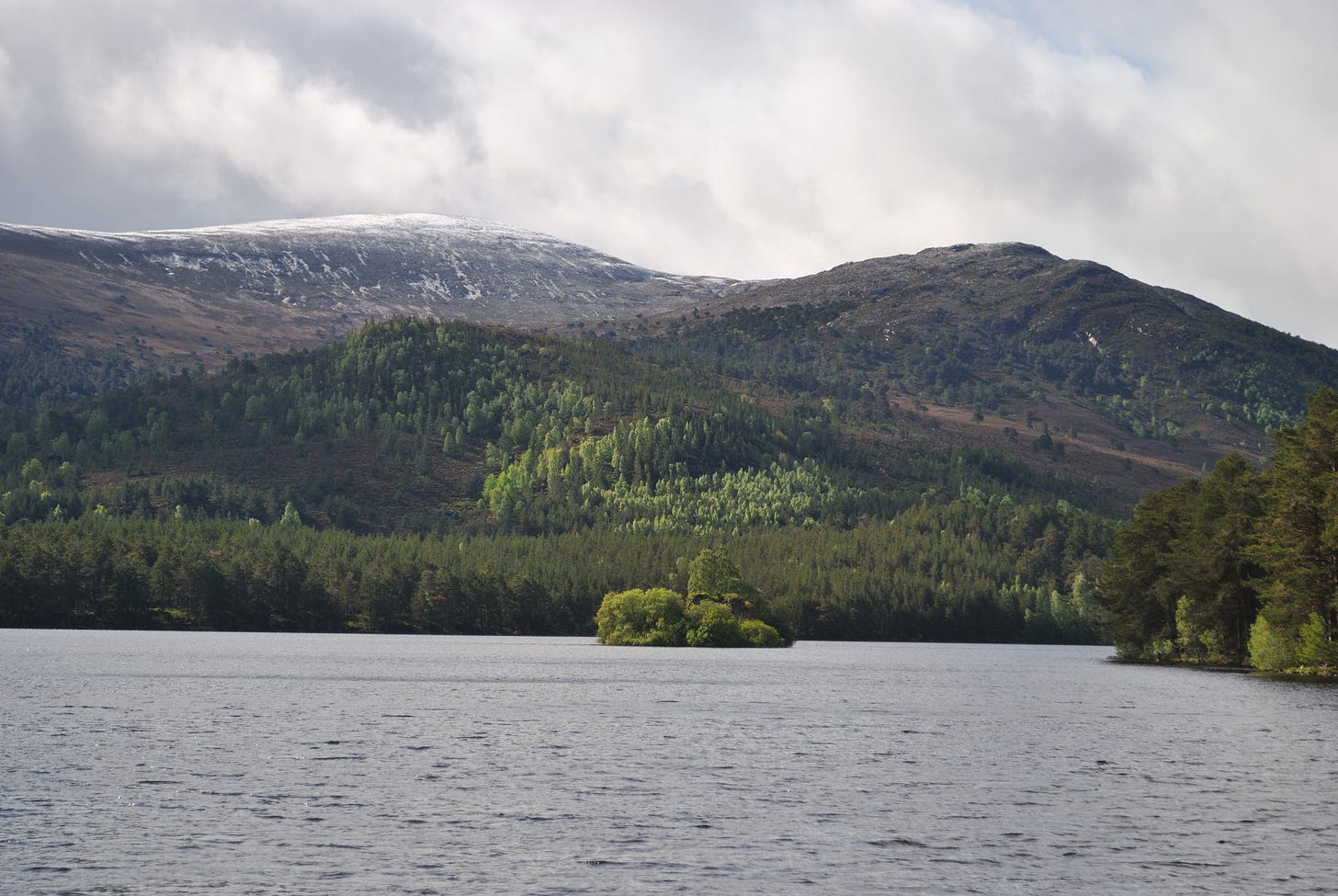

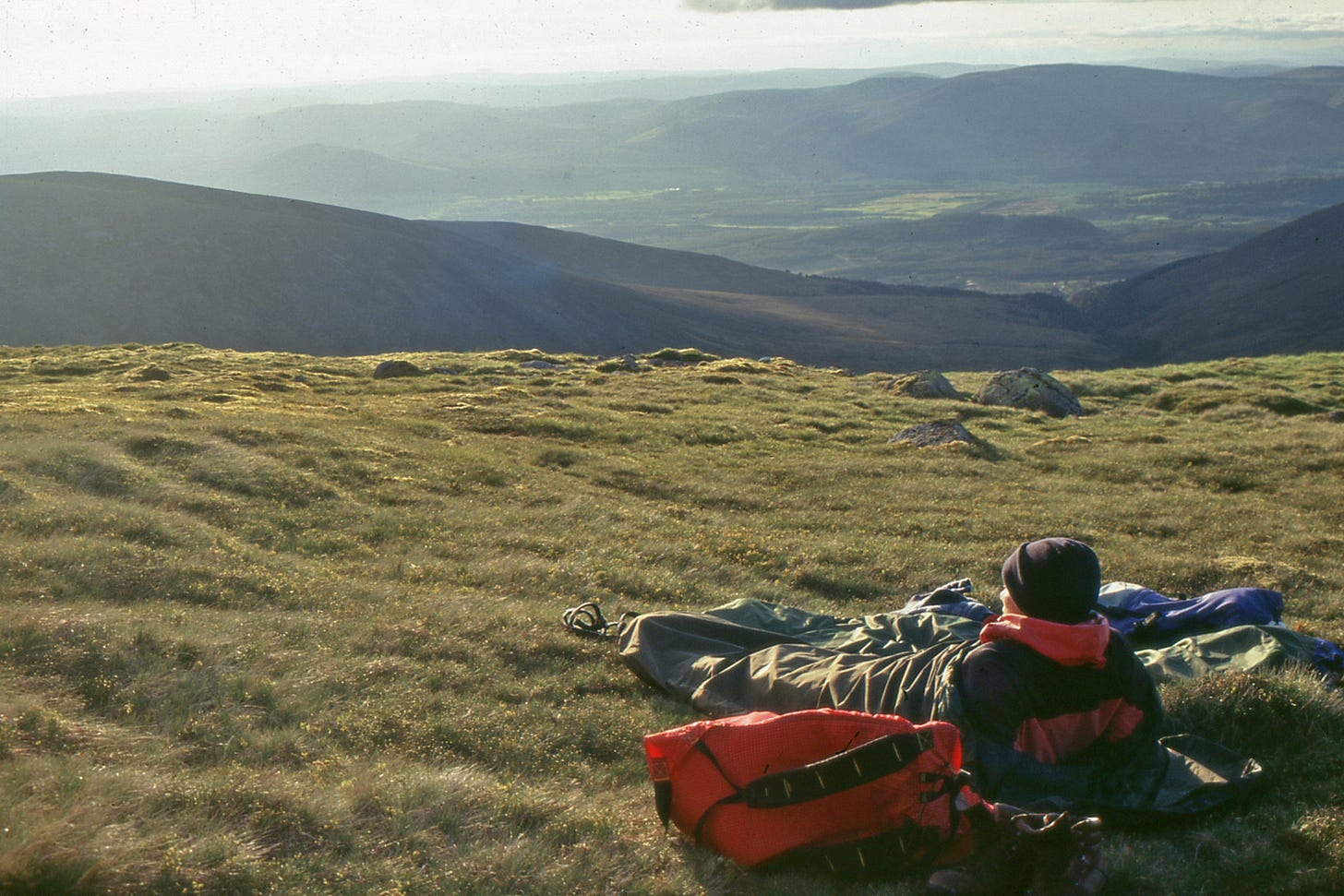
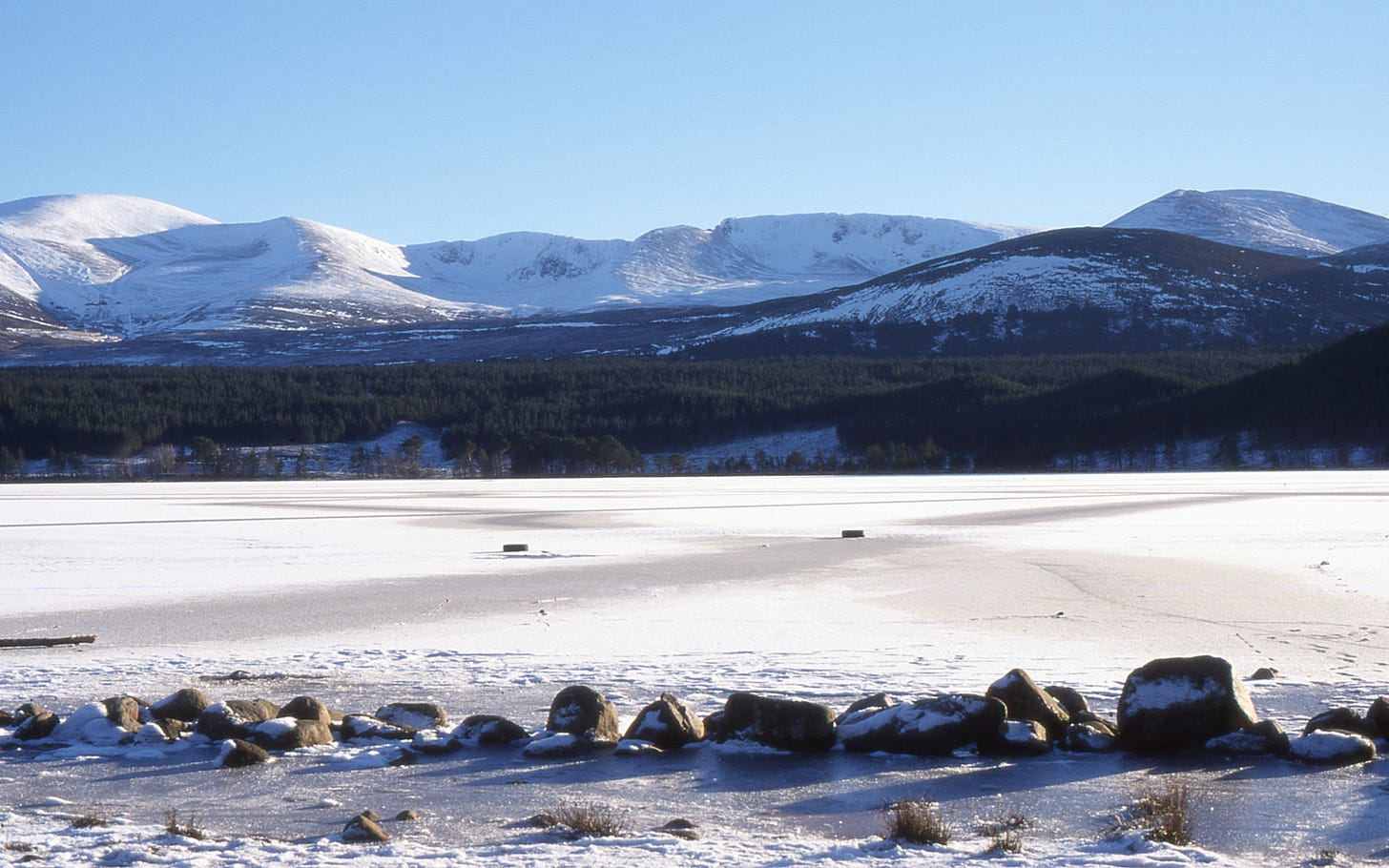
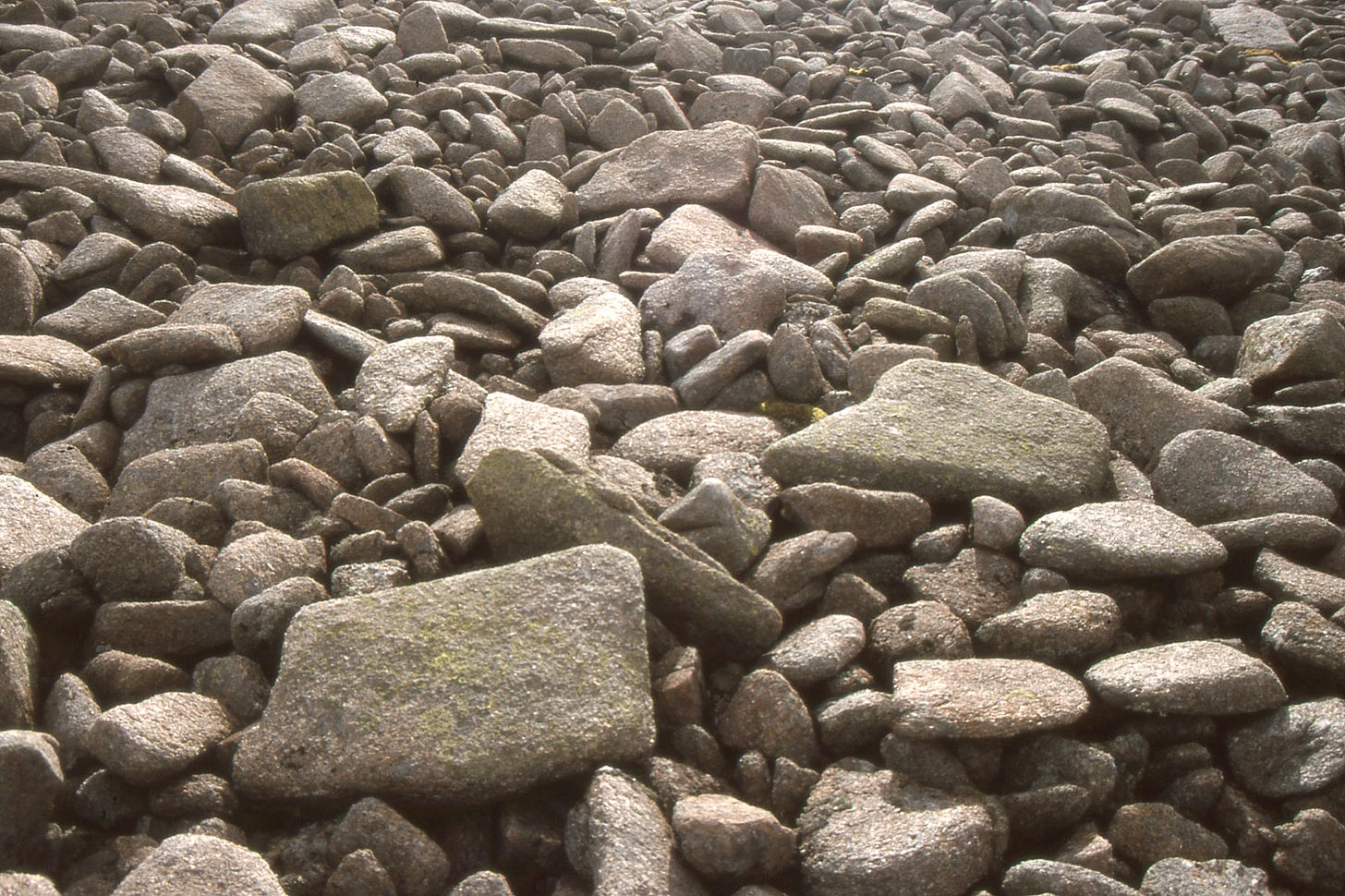
The beginning got me! haha splendid!